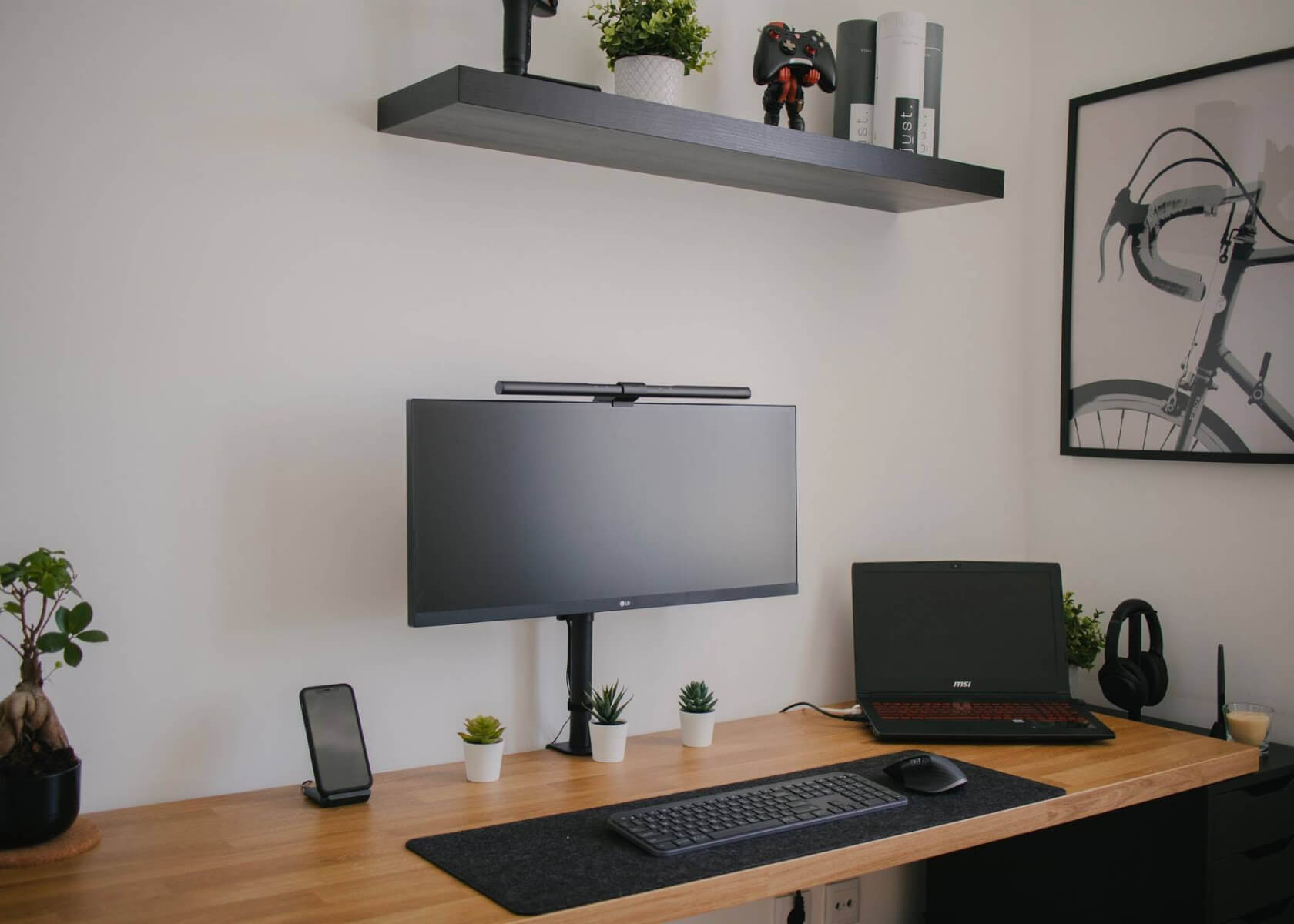Effective Notion Calendar Usage: A Step-by-Step Guide for Optimal Productivity

New to Notion?
How to Use the Notion Calendar Effectively
The Notion calendar feature is a powerful tool that can help you stay organized, manage your schedule, and collaborate with others efficiently. With its flexible layout and customizable options, you can tailor your calendar to meet your specific needs. In this article, we will explore various tips and techniques to help you make the most of the Notion calendar using current best practices and features.
Creating a Calendar
There are a couple of ways to get started with a calendar in Notion. You can either create a standalone calendar page or add a calendar view to an existing database. To create a new, standalone calendar page, follow these steps:
- Open Notion and navigate to the desired Workspace or page.
- Click on the + New button at the top left corner and select Page.
- Give your page a name, such as Calendar.
- Change the page type to Calendar by choosing the calendar view option from the selection.
- Click Create to generate your calendar page.
Once created, you can further refine it by adding additional views (such as table, list, or gallery) to suit your workflow.
Setting Up Your Calendar
After creating your calendar, it's essential to customize it to fit your needs. Consider these key features:
1. Calendar View Options
Notion offers several ways to view and interact with your calendar data:
- Monthly View: The default view that displays events in a month layout.
- List View: Use this view to see upcoming events in a linear format.
- Custom Views: Combine filters and sorting options to create views that break down your schedule by day or week. Although a native yearly view isn’t available, you can adjust date filters to emulate one.
Switch or add new views using the view menu at the top left of your database.
2. Adding Events
Adding events to your calendar is straightforward. Follow these steps for each entry:
- Click on the desired date or time slot in the calendar.
- Fill in the event details such as title, location, participants, description, and any extra information.
- Customize the event's appearance by assigning a color or an icon if desired.
- Save the event, and it will appear on the calendar.
3. Recurring Events
Notion still does not offer native recurring event functionality as of now. To manage events that repeat regularly, consider these options:
- Manual Duplication: Create the event once and duplicate it for future dates.
- Templates & Automation: Use Notion templates or integrate with automation tools like Zapier or Automate.io to simulate recurring events.
- Third-Party Solutions: Explore workarounds and detailed guides in the Notion FAQ on recurring events.
Choose the method that best fits your workflow.
4. Integrating with Other Notion Pages
One of Notion’s strengths is its ability to link different content types seamlessly. Connect your calendar with other pages, such as tasks or Project Management, to create a unified workspace. To link a page to your calendar:
- Open the calendar page.
- Select the date or time slot you want to associate with a specific page.
- Click on the Link to Page option.
- Choose the desired page from the list or search for it using keywords.
- Click Save to make the link visible on the calendar.
5. Sharing and Collaborating
Notion excels as a collaborative platform. Sharing your calendar allows team members or collaborators to view or edit the schedule based on the permissions you set. To share your calendar:
- Open the calendar page.
- Click on the Share button at the top right corner of the page.
- Choose the appropriate sharing settings, such as view-only or full edit rights.
- Copy the shared link or invite specific collaborators via email.
- Click Share to complete the process.
Conclusion
The Notion calendar feature is a versatile tool designed to boost your organization and productivity. By customizing your calendar, adding and managing events, simulating recurring events, and integrating with other pages, you can create a powerful scheduling system. Moreover, the sharing and collaboration capabilities make it an excellent choice for teams and individual projects alike. With these updated tips and best practices, you'll be well-equipped to leverage the full potential of the Notion calendar and keep your days running smoothly.


